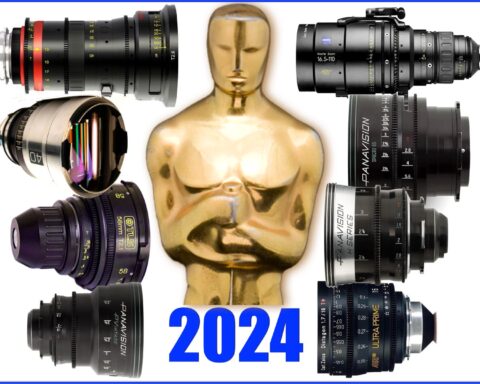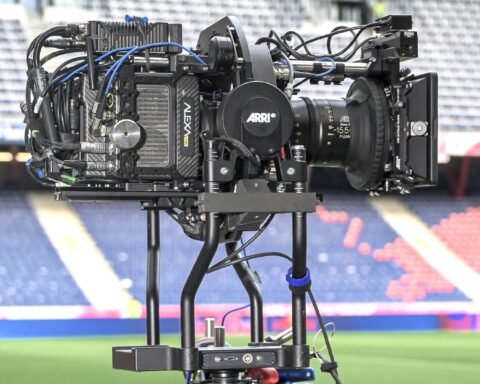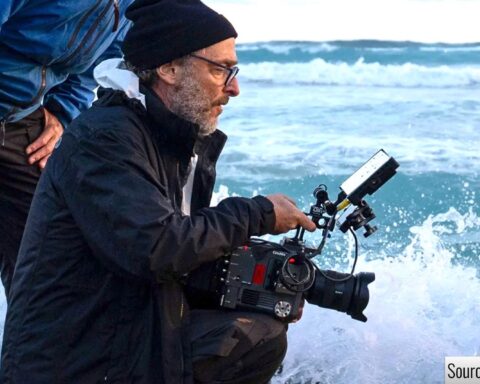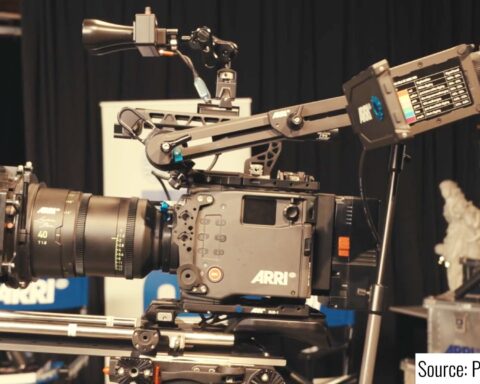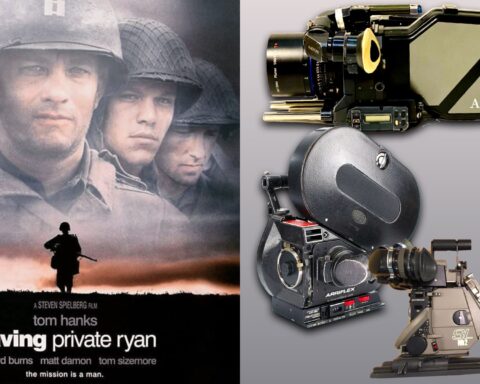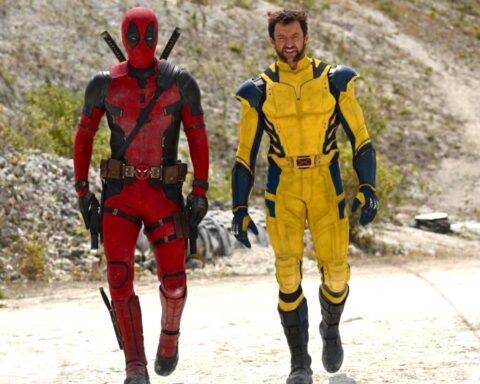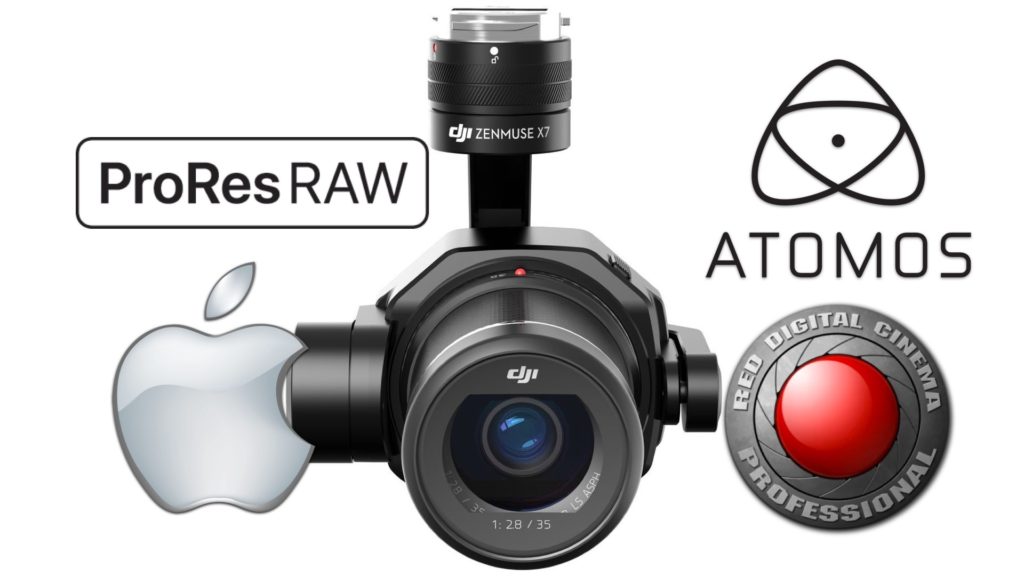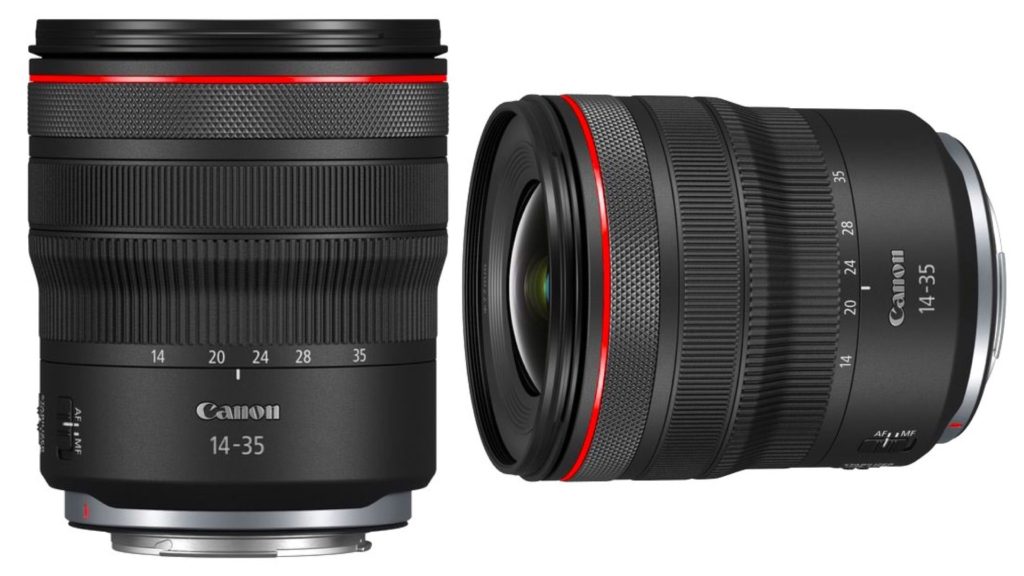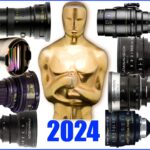The execution of the “Oner” (one-take scene) seems intimidating at first, but it’s actually pretty simple, following straightforward guides and unwritten rules. Here are some of them.
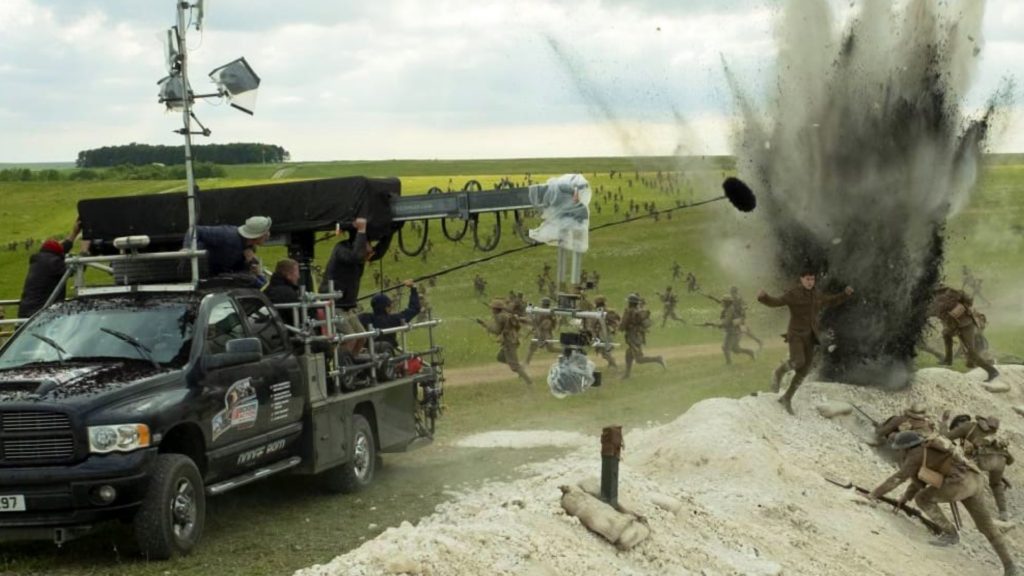
One-take scene
One-take, which is recognized as a single-take/shot scene, is a long screened sequence being shot with a one-take, or many takes stitched together to give the impression that it was shot in a continuous long take. Sounds complicated? Let’s explain. For instance, Children of Men, shot by Emmanuel Lubezki is crafted by ‘real’ long takes (few minutes each), compared to 1917 (shot by Roger Deakins) and Extraction (shot by Thomas Sigel) that were assembled from short takes that were stitched together precisely, to let the audience imagine that they’re watching one single take. This technique manipulates the audience to think that they’re watching the story in ‘real-time’ which contributes to the flow and elevates tension. Furthermore, to execute correctly one-take strategy, the shot must be meticulously planned. The good news, there’re some formulas and rules that may help you facilitate your oner.
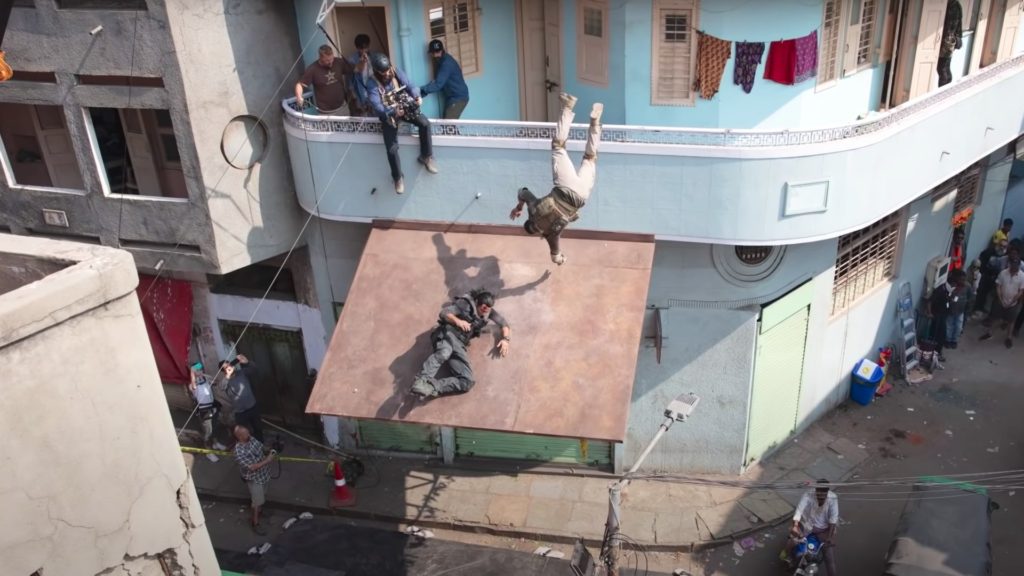
General guides for one-take cinematography
- Stitching point: Stitch-point is the way to hide the moment the camera cuts and keep the continuous illusion going. An example of a stitching technique might be “Body-Crossing” in which a cut is hidden when a performer blocks the camera. Another common stitching point is using blacks as a transition (performed numerous times in 1917).
- Motion blur: The goal is to blur the actor and thus reducing the seen differences between the actor and the stunt double. That will work when intense camera movements is applied. This technique is implemented mainly on fight scenes and allows presenting continuity of the fight even if is a stunt double and an actor are being switched.
- Technocrane to handheld: Using technocrane and then disconnecting the camera by switching to handheld without any cuts. This technique can be executed with a drone instead of Technocrane, however, it demands caution and planning.
- Using small handheld cameras and Steadicams: Mobility is a crucial factor in the one-take strategy. Thus, using cameras with a smaller form factor will significantly facilitate the process. For instance, the ARRI Mini LF that was used in 1917, helped Deakins pull off his vision regarding one-take cinematography.
- Utilization of natural light: Utilizing natural light instead of typical large lighting kits will assist you to maneuver the camera without removing heavy equipment during the shoot.
- Planning: The sequences should be meticulously planned, including shots, dialogs, location of the crew, avoiding shadows, and more.
- CGI: Sometimes, there’s no choice but to implement CGI for seamless transitions between shots.
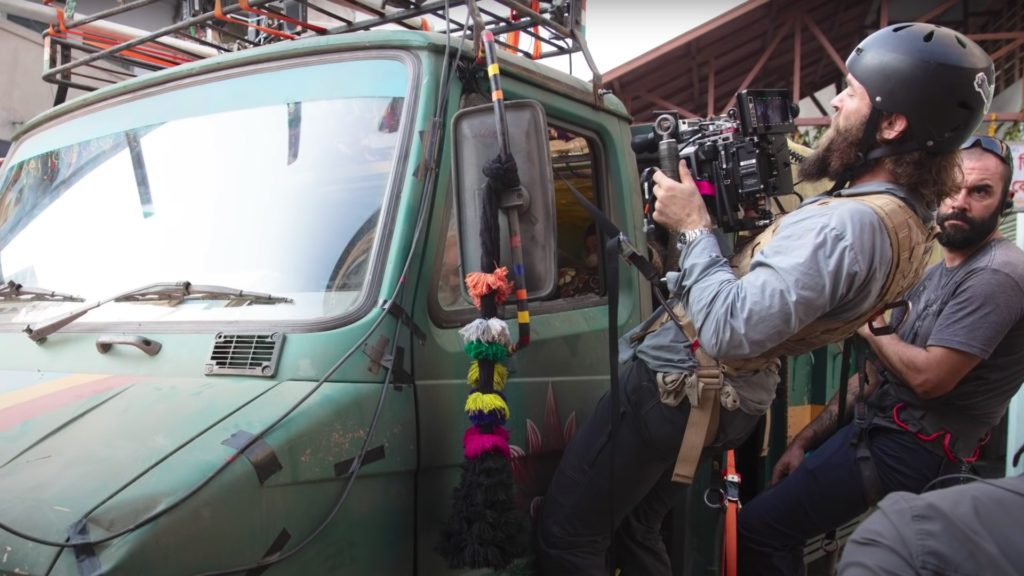
Demonstration
To see a demonstration of the methods and principles above, check out the Insider video which summarizes these techniques:
Summary
Achieving your oner doesn’t have to be as complicated as you think. It’s like inserting the numbers into a constant mathematical formula, to the desired solution. Methods like stitching, motion blur, Technocrane to handheld, and principles like using natural lights and compact cameras, will help you to nail your oner and make it look more professional. Now, go and shoot your oner!



